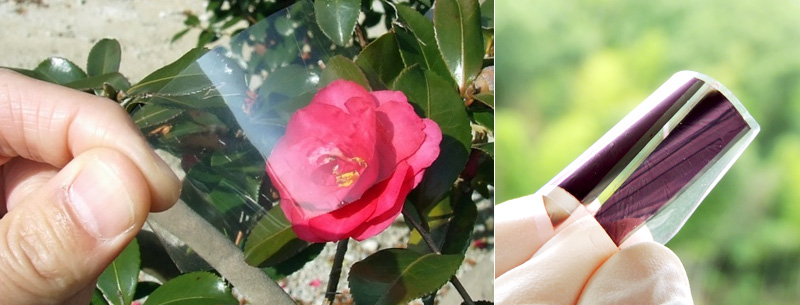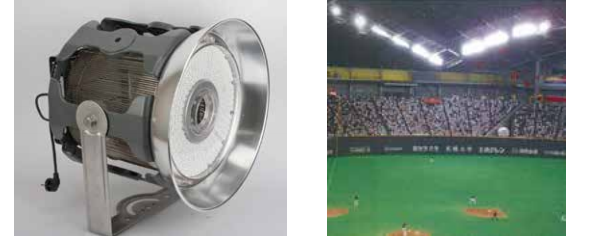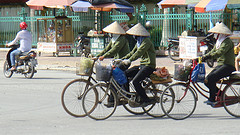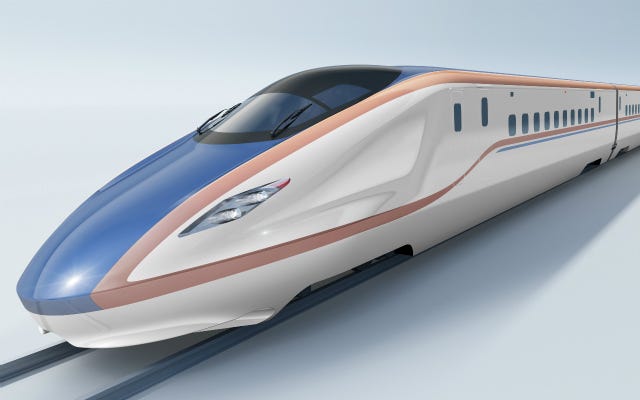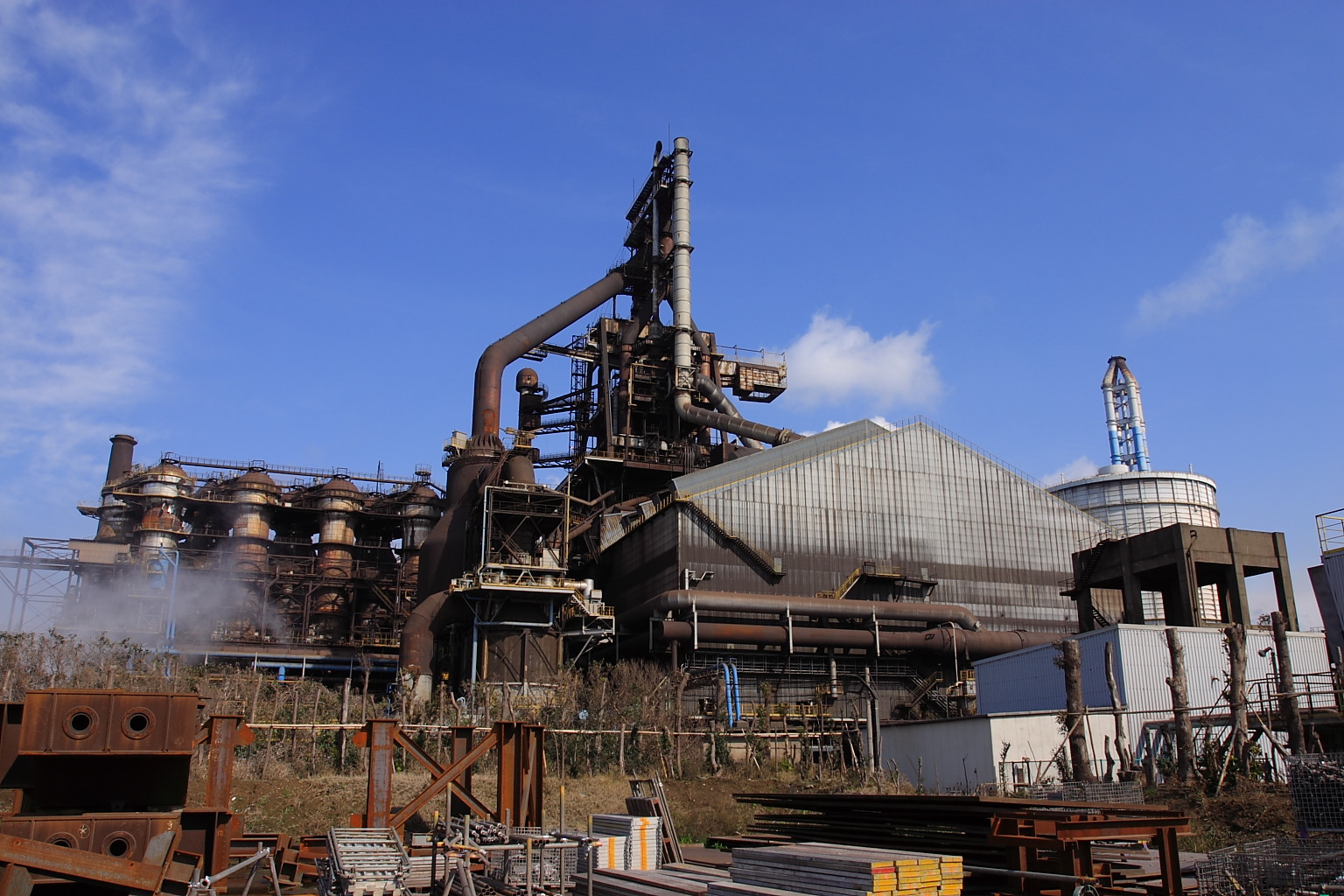Technology:
TDK successfully
developed the world’s smallest inductor that is the power supply circuit coil.
The new inductor is 1.6 mm deep, 0.8 mm wide, and 1 mm high. It has 40% smaller
volume than the existing products. It is 30 yen per piece and available in four
sizes. The company has already started the mass production with a monthly
capacity of 30 million pieces. It plans to increase the monthly production
capacity to 100 million pieces by March 2013 and 200 million pieces by the end
of 2013.
TDK employed a
metallic material for the center core and applied the semiconductor production
technology and utilized the technology to create coil wiring that can pass a
minute and high electric current through a metal thin film. Applying a metallic
material with a strong magnetic force to the center core makes it possible to
built a small power supply circuit that can take out a large electric
current.
The world’s smallest inductor developed by
TDK

